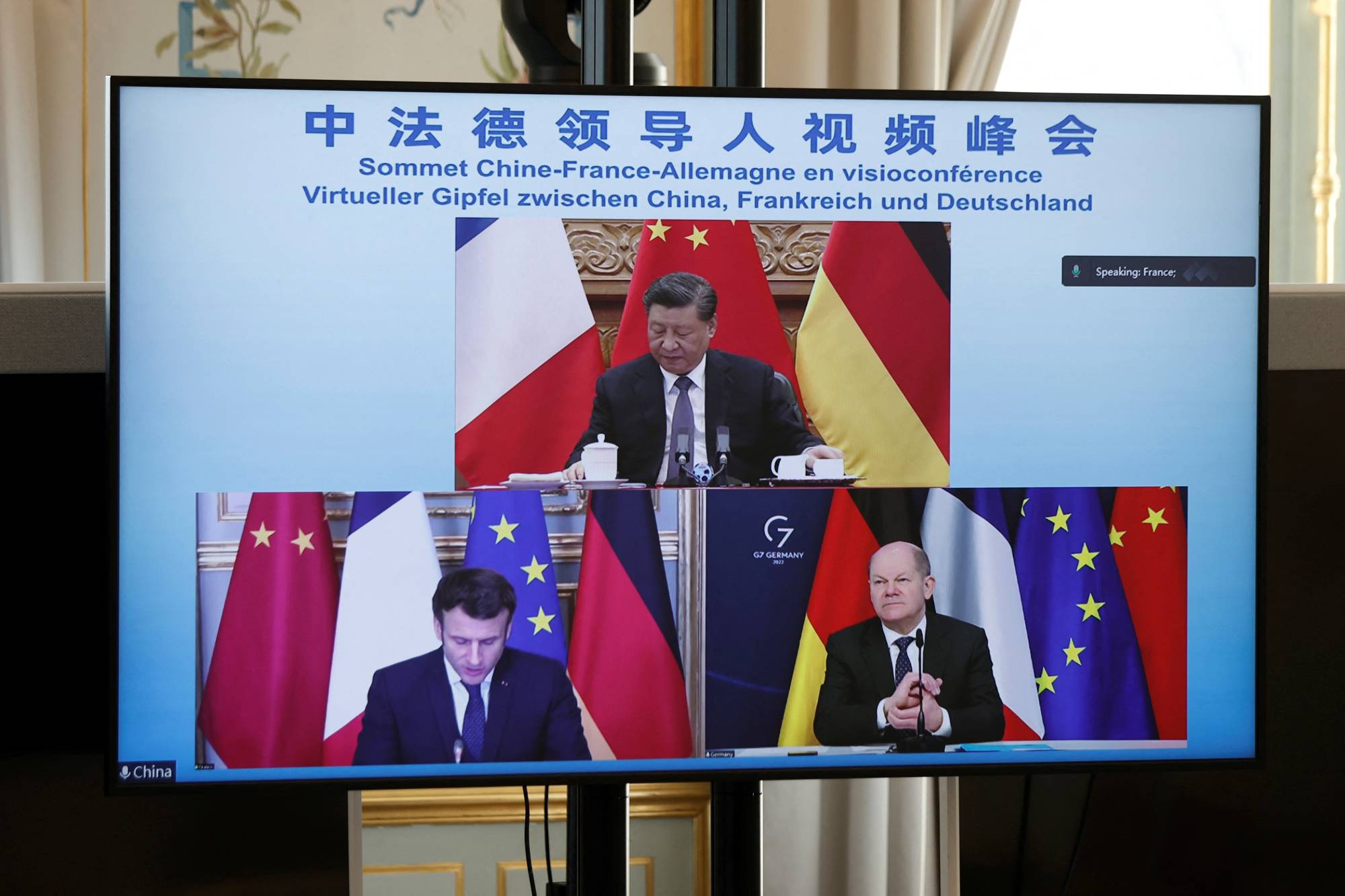In moments of crisis, we turn to history to make sense of the current situation and see if there are lessons that can help us navigate those challenges.
Struggling with Russia’s invasion of Ukraine and its meaning and impact, three historical analogues come quickly to mind. Two — the conflagrations unleashed in 1939 and 1950 — are obvious; the third — the subtle international realignment that followed the terrorist attacks on the United States in September 2001 — is less so. That third analogy is contingent, and the signs are not promising. Still, it is a tantalizing proposition and a possibility to consider, especially since it heralds an international evolution that is more positive.
In 1939, a disgruntled former low-level functionary who had risen to power atop a wave of national grievance redrew the map of Europe. Having summoned and acted in the name of the “volk,” a mythical conception of the German people, Adolf Hitler sought to sooth bruised national pride, correct recently inflicted “injustices” and restore his nation’s status in the world. His appetite for conquest grew with the taking and the seeming acquiescence of European governments to Germany’s expansion, a tolerance nurtured by their reasoning that there was perhaps a kernel of truth to his claim that Berlin had been mistreated and an unjust peace imposed after World War I.


















With your current subscription plan you can comment on stories. However, before writing your first comment, please create a display name in the Profile section of your subscriber account page.